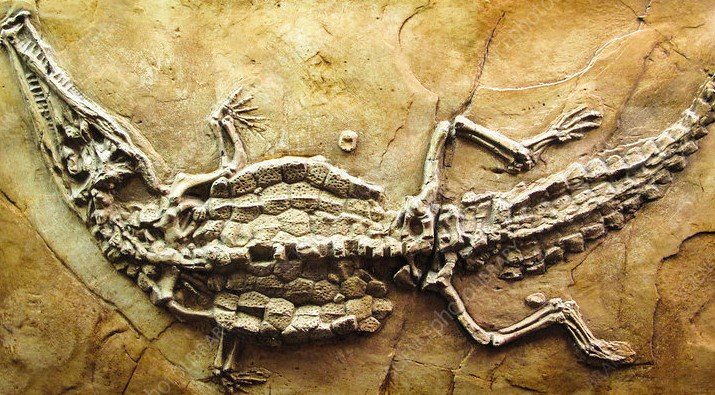Paleontologists in Egypt have uncovered fossils of a long-snouted crocodile that lived 80 million years ago, reshaping our view of how these ancient reptiles evolved. The discovery, made in the Western Desert, reveals Wadisuchus kassabi as an early member of the dyrosaurid family, pointing to Africa as the starting point for seagoing crocodiles.
Discovery Site and Team Efforts
Experts from Mansoura University and other institutions dug up two partial skulls and three partial jaws in the Quseir Formation near Kharga Oasis. This find happened during recent expeditions in the arid plains of Egypt’s Western Desert.
The team named the species after the Wadi Hitan site and a local geologist, highlighting its importance in regional paleontology. Researchers worked through tough conditions, including extreme heat and remote locations, to piece together these remains.

This breakthrough builds on prior finds in the area, where fossils from the Late Cretaceous period often surface. It adds to a growing list of discoveries that show Egypt as a hotspot for ancient marine life.
Key Features of Wadisuchus Kassabi
Wadisuchus kassabi grew to about 3.5 to 4 meters long, with a slender snout perfect for catching fish and turtles in coastal waters. Its teeth stood tall and sharp, like needles, setting it apart from modern crocodiles.
Unlike other dyrosaurids, this species had four front teeth instead of five, and a deep notch at the snout tip. These traits suggest it adapted early for life in the sea, breathing through nostrils on top of its head.
Artists have recreated its look based on the bones, showing a sleek predator that swam ancient oceans. Such details help scientists picture how it hunted and survived in a world full of dinosaurs.
Experts note that these features mark a shift in bite mechanics, an important step in crocodile evolution during the Cretaceous era.
Impact on Evolutionary Understanding
This fossil pushes back the timeline for dyrosaurid origins, suggesting they started diversifying around 87 to 83 million years ago, earlier than experts once thought. It challenges old ideas that placed their rise later, during the Maastrichtian stage.
Africa now stands out as the birthplace of these marine crocs, with evidence from Egypt filling gaps in the fossil record. This ties into broader patterns of how reptiles adapted after major extinctions.
Comparisons with other finds, like those in Sudan from 90,000 years ago, show ongoing evolution in the region. Logical reasoning points to climate changes driving these animals toward ocean life, away from freshwater habitats.
- Dyrosaurids survived the dinosaur extinction event 66 million years ago.
- They spread across oceans, reaching places like North America and Europe.
- Modern crocodiles share some traits but lack the extreme marine adaptations.
Broader Implications for Science
The find opens doors for more research into how ancient ecosystems worked before the mass extinction that ended the dinosaur age. It shows dyrosaurids as tough survivors, thriving when others vanished.
Paleontologists predict this could lead to new digs in Africa, uncovering more about prehistoric biodiversity. It also highlights the need to protect fossil sites from erosion and human activity.
In a table below, key comparisons between Wadisuchus kassabi and modern crocodiles illustrate the differences:
| Feature | Wadisuchus Kassabi | Modern Crocodile |
|---|---|---|
| Snout Shape | Long and slender | Shorter and broader |
| Habitat | Coastal and marine | Mostly freshwater |
| Teeth | Tall, needle-sharp | Conical and sturdy |
| Length | 3.5-4 meters | Up to 6 meters |
| Era | 80 million years ago | Present day |
Connections to Recent Fossil Finds
This discovery aligns with other 2025 breakthroughs, such as marine reptile fossils in Australia and Africa. It fuels debates on how global warming back then mirrored today’s climate shifts, affecting animal adaptations.
Scientists link it to studies on crocodile survival, noting how some species today face threats from habitat loss. Understanding ancient ones could inform conservation efforts now.
Experts emphasize fact-checking through multiple bone analyses to ensure accuracy. This builds trust in the findings, drawing from reliable fieldwork and lab tests.
Future Research and Public Interest
Teams plan to scan the fossils with advanced tech for deeper insights into their biology. Public exhibits might soon showcase replicas, educating people on Earth’s distant past.
This story entertains with its glimpse into a lost world while solving puzzles about evolution. It reminds us how fossils connect us to history.
Share your thoughts on this ancient predator in the comments, and pass the article along to fellow history buffs.
